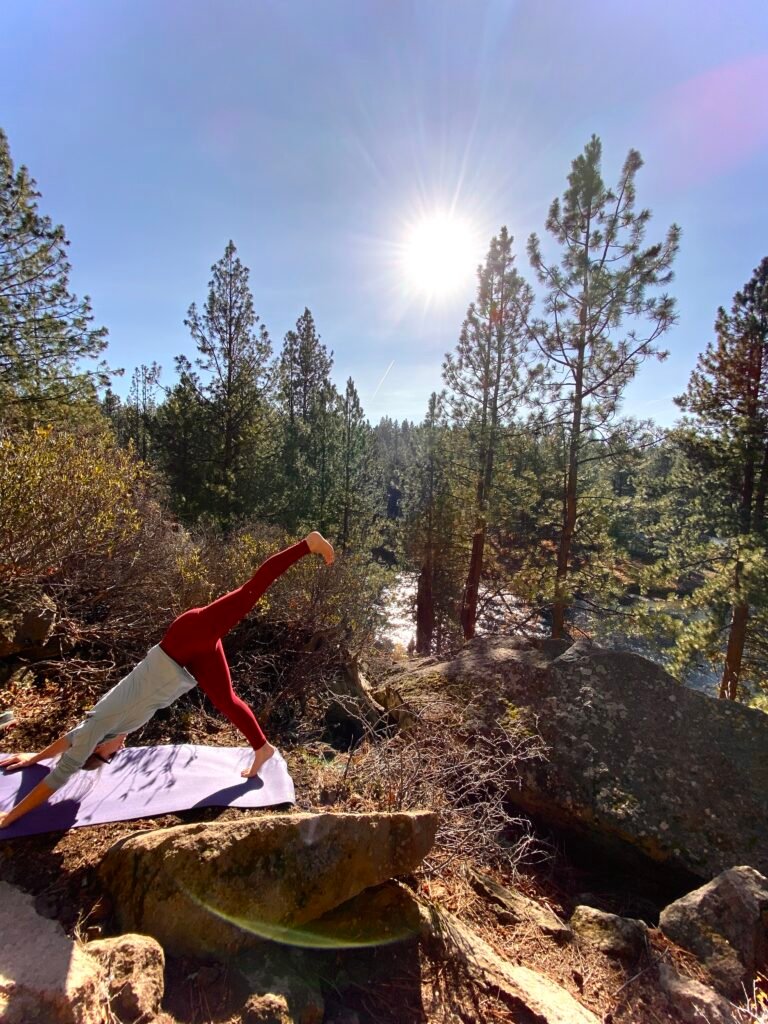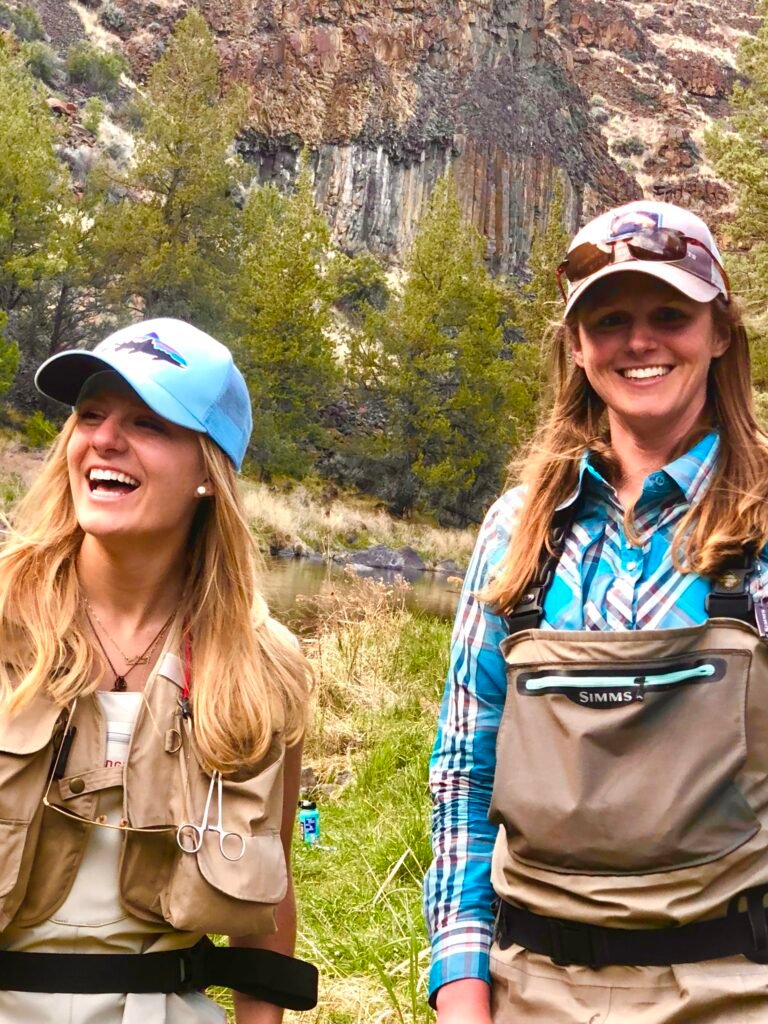In recent years, the age-old practice of cold exposure therapy has experienced a resurgence, captivating fitness enthusiasts and health-conscious individuals alike. By now, you may have heard or seen the infamous American comedian, podcaster, actor, fitness addict and mixed martial arts color commentator Joe Rogan rave about the benefits he has received from extended cold exposure therapy. Posting videos of himself cracking the ice off his exposure tank and making it look easy remaining neck deep in freezing water. Personally, I’ve never been one to seek out the cold. I kind of hate it actually. But with so many people raving about the benefits, I had to look into it further. While many myths surround this intriguing wellness trend, a deeper look into the scientific literature reveals a wealth of benefits backed by research.
What Is Cold Exposure Therapy:
Cold exposure therapy involves subjecting the body to cold temperatures, either through cold water immersion, cold showers, or outdoor activities in chilly environments. The physiological responses to cold exposure are diverse and profound, triggering adaptations that affect the cardiovascular, respiratory, and immune systems.
Benefits:
-
- Improved Circulation and Cardiovascular Health: Cold exposure is known to stimulate vasoconstriction and vasodilation, which can enhance blood circulation. A study by Stanley et al. (2019) found that exposure to cold can improve cardiovascular function, leading to better overall heart health.
-
- Boosted Immune System: Contrary to the myth that cold exposure weakens the immune system, evidence suggests that it may actually enhance immune function. A study by Shevchuk (2008) demonstrated that cold exposure can increase the production of immune cells and enhance their activity.
-
- Enhanced Brown Adipose Tissue Activation: Cold exposure has been linked to the activation of brown adipose tissue (BAT), which plays a crucial role in energy expenditure and thermogenesis. A study by van der Lans et al. (2013) found that cold exposure can significantly increase BAT activity.
-
- Mental and Emotional Benefits: An exciting possible benefit is the potential to alleviate symptoms of depression and improve mood. Cold exposure activates the sympathetic nervous system and stimulates the release of endorphins, which are neurotransmitters associated with feelings of well-being and euphoria. Additionally, cold exposure may increase levels of norepinephrine, a neurotransmitter linked to improved mood and reduced symptoms of depression. A study published in the journal “Medical Hypotheses” (Shevchuk, 2008) suggests that regular cold water exposure could have an antidepressant effect by enhancing the release of norepinephrine. While further research is needed to fully understand these effects, the initial findings support the idea that cold exposure may have a positive impact on mental and emotional well-being.
Debunking Common Myths:
-
- Myth: Cold Exposure Weakens the Immune System: Fact: While extreme cold exposure may temporarily suppress the immune system, moderate exposure has been associated with immune system enhancements.
-
- Myth: Cold Exposure Only Leads to Hypothermia: Fact: Controlled exposure to cold temperatures, as in cold exposure therapy, does not necessarily lead to hypothermia. Properly managed sessions ensure safety and prevent harmful effects.
-
- Myth: Cold Exposure is Only for Endurance Athletes: Fact: Cold exposure can benefit individuals across fitness levels. Its effects on metabolism, recovery, and circulation make it applicable to various fitness goals.
How to Cold Expose in Your Own Life:
-
- Cold Showers:
-
- Start by gradually incorporating cold water into your regular shower routine.
-
- Begin with warm water and progressively decrease the temperature.
-
- Aim to spend a few minutes under cold water, gradually increasing the duration as your body adjusts.
-
- Cold Showers:
-
- Cold Water Immersion:
-
- Fill a bathtub or a cold plunge pool with cold water or add ice for a more intense experience.
-
- Submerge your body up to the chest for a predetermined time, starting with shorter durations (15-30 seconds) and extending as you become more accustomed, up to a few minutes.
-
- Focus on controlled breathing to help manage the shock of the cold.
-
- Use caution, and listen to your body to avoid overexertion.
-
- Cold Water Immersion:
-
- Outdoor Cold Exposure:
-
- Spend time outdoors in colder temperatures, dressed appropriately to prevent hypothermia.
-
- Activities like winter hiking, swimming in cold lakes, or simply being outside in cool weather can provide exposure.
-
- Outdoor Cold Exposure:
-
- Gradual Progression:
-
- Start slowly, especially if you are new to cold exposure therapy.
-
- Gradually increase the duration and intensity of exposure over time as your body adapts.
-
- Gradual Progression:
-
- Breathing Techniques:
-
- Practice controlled breathing, such as Wim Hof Method or other breathwork techniques, to help manage stress and enhance your cold exposure experience.
-
- Breathing Techniques:
-
- Safety Considerations:
-
- Be mindful of your health and any existing medical conditions. Consult with a healthcare professional if you have concerns.
-
- Avoid extreme cold exposure if you are pregnant, have cardiovascular issues, or any medical condition that may be exacerbated by cold.
-
- Safety Considerations:
-
- Consistency is Key:
-
- Regular and consistent exposure is more effective than occasional sessions. Aim for a routine that suits your preferences and schedule.
-
- Consistency is Key:
-
- Post-Workout Sessions: Consider incorporating cold exposure therapy after workouts to aid in recovery and reduce muscle soreness. Just always remember to stretch before to avoid injury.
-
- Consistency is Key: Regular, consistent exposure is more effective than occasional sessions. Consistency allows the body to adapt and reap the long-term benefits.
Conclusion:
After incorporating cold exposure into my daily shower routine and workout regime I have noticed a few things: I sleep better and deeper. I am mentally refreshed and have a second-wind in my day after. My muscle recovery time is about half what it used to be, and the soreness of intense weight lifting days is much less than it is without the cold. But don’t just take my word for it. While myths about cold exposure therapy persist, there is growing evidence to support its potential benefits for fitness and health. As with any wellness practice, it’s crucial to approach cold exposure therapy with knowledge, mindfulness, and a gradual progression to ensure a safe and effective experience. Embrace the chill, and let the science guide you towards a healthier, more resilient you.
Sources:
Shevchuk, N. A. (2008). Adapted cold shower as a potential treatment for depression. Medical Hypotheses, 70(5), 995-1001.
Stanley, J., Peake, J. M., & Buchheit, M. (2019). Cardiac parasympathetic reactivation following exercise: implications for training prescription. Sports Medicine, 49(8), 1259-1272.
van der Lans, A. A., Hoeks, J., Brans, B., Vijgen, G. H., Visser, M. G., Vosselman, M. J., … & Schrauwen, P. (2013). Cold acclimation recruits human brown fat and increases nonshivering thermogenesis. Journal of Clinical Investigation, 123(8), 3395-3403.
Start simple with your shower or go outside. When you’re ready to make a commitment to the practice check out these top selling cold plunge tubs on Amazon: Click Here!
Please note that this post contains affiliate links, and we may earn a small commission if you make a purchase through these links – at no extra cost to you – we only recommend products and services that we genuinely believe in and use ourselves.




